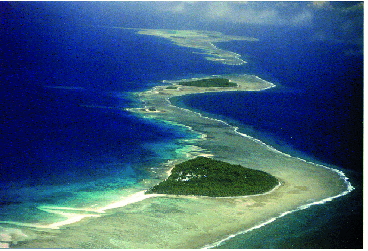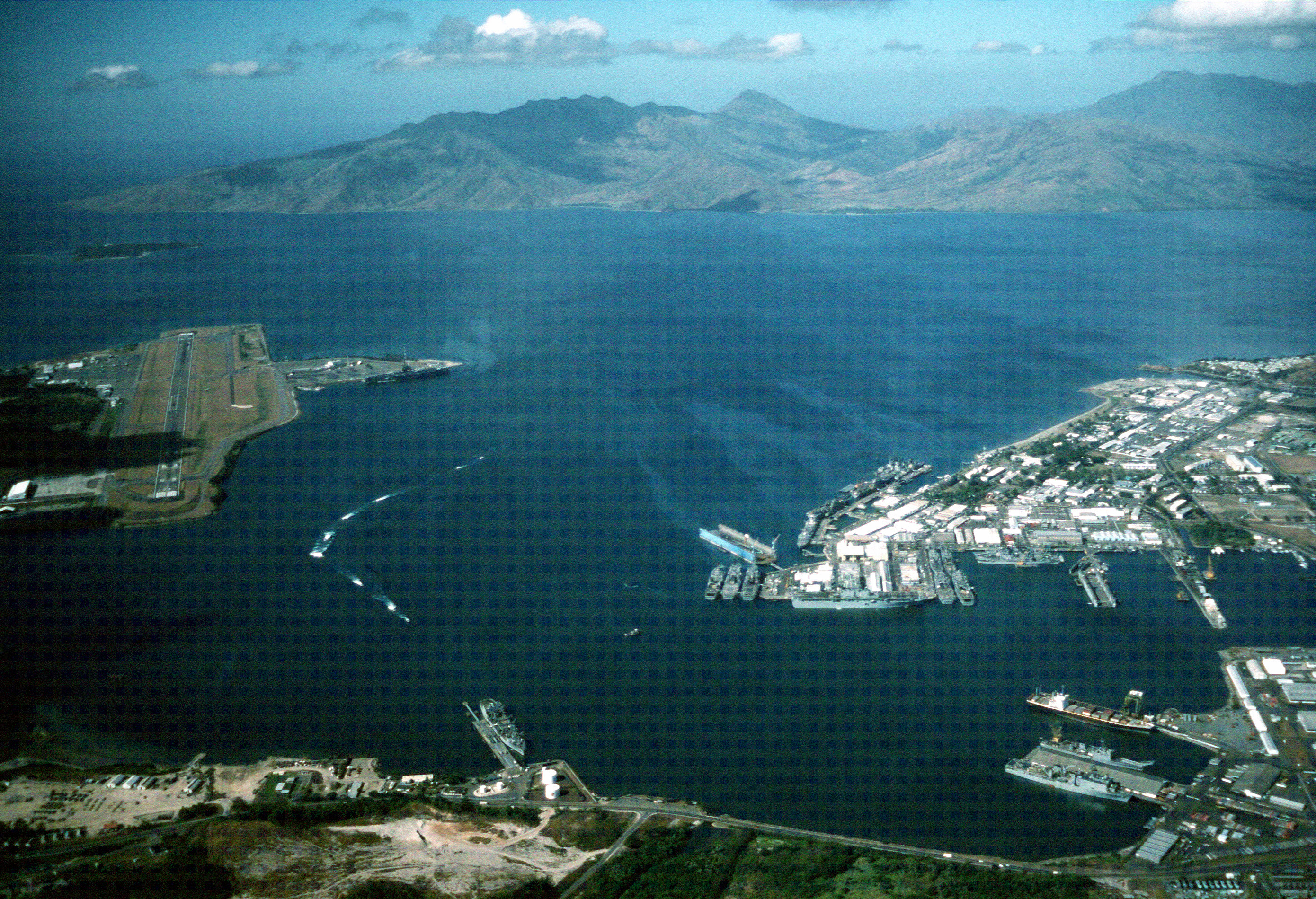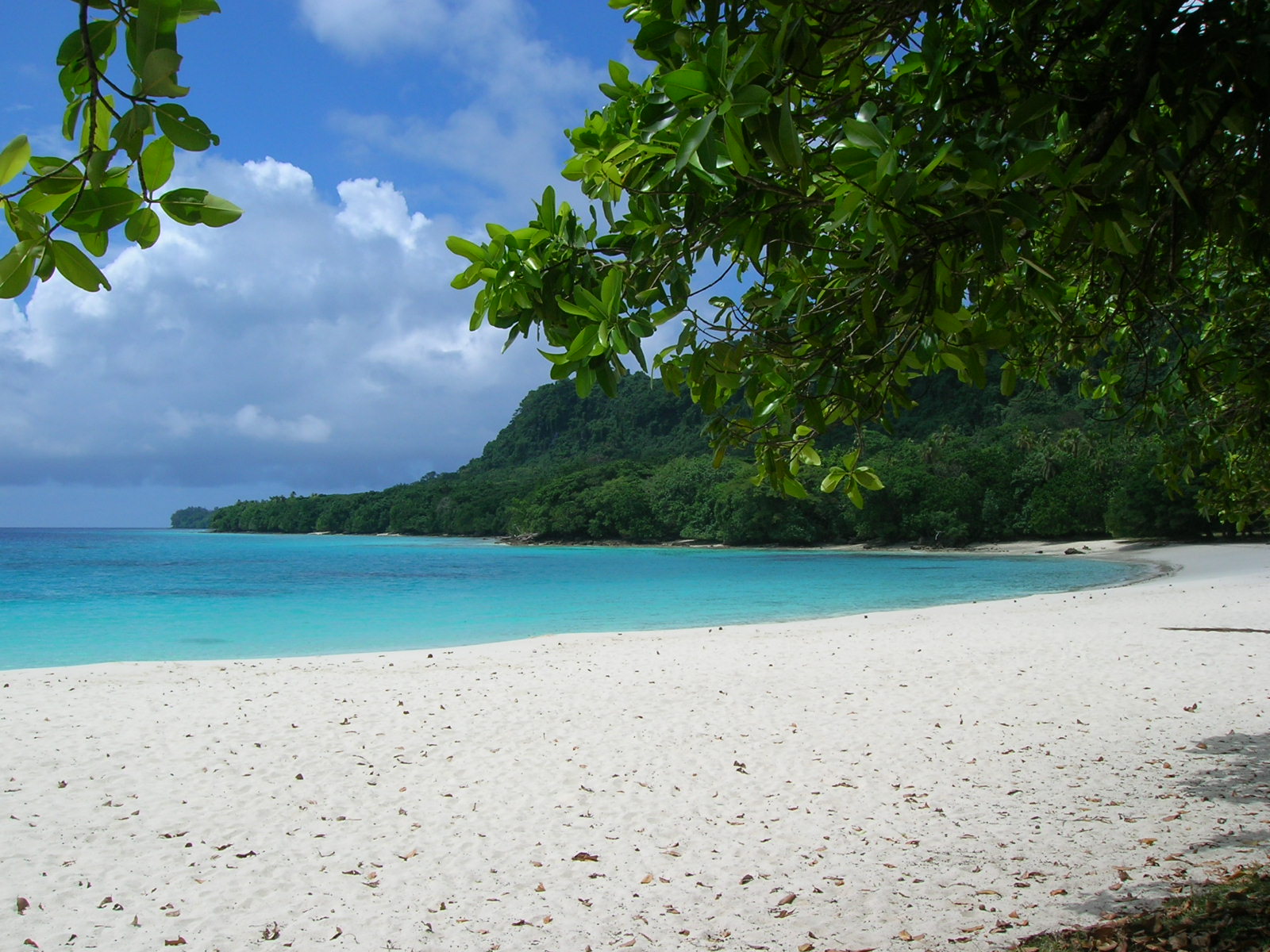|
USS Allegheny (ATA-179)
USS ''Allegheny'' (ATA-179) was an American auxiliary fleet tug launched in 1944 and serving until 1968. She underwent conversion to a research vessel in 1952. Construction The unnamed single-screw ocean-going tug ''ATA-179'' (originally projected as the rescue tug, ATR-106) was laid down on 22 May 1944 at Orange, Texas, by the Levingston Shipbuilding Co.; launched on 30 June 1944; and commissioned on 22 September 1944. World War II operations After fitting out, ''ATA-179'' conducted shakedown training out of Galveston, Texas, before undergoing post-shakedown availability at that port until 24 October. Two days later, the tug departed Galveston for Tampa, Florida, with a covered lighter, ''YF-6H'', in tow, and reached her destination on the 28th. Taking the barracks ship ''APL-19'' in tow, the tug sailed for the Panama Canal Zone on 4 November 1944, reaching her destination with her two tows on the 13th. Transiting the Panama Canal three days later, she sailed for Bora Bora, in ... [...More Info...] [...Related Items...] OR: [Wikipedia] [Google] [Baidu] |
Maritime Call Sign
Maritime call signs are call signs assigned as unique identifiers to ships and boats. All radio transmissions must be individually identified by the call sign. Merchant and naval vessels are assigned call signs by their national licensing authorities. History One of the earliest applications of radiotelegraph operation, long predating broadcast radio, were marine radio stations installed aboard ships at sea. In the absence of international standards, early transmitters constructed after Guglielmo Marconi's first transatlantic message in 1901 were issued arbitrary two-letter calls by radio companies, alone or later preceded by a one-letter company identifier. These mimicked an earlier railroad telegraph convention where short, two-letter identifiers served as Morse code abbreviations to denote the various individual stations on the line (for instance, AX could represent Halifax). "N" and two letters would identify U.S. Navy; "M" and two letters would be a Marconi station. On ... [...More Info...] [...Related Items...] OR: [Wikipedia] [Google] [Baidu] |
Ulithi
Ulithi (, , or ; pronounced roughly as YOU-li-thee) is an atoll in the Caroline Islands of the western Pacific Ocean, about east of Yap, within Yap State. Name The name of the island goes back to Chuukic languages, Proto-Chuukic ''*úlú-diwo''. Overview Ulithi consists of 40 islets totaling , surrounding a lagoon about long and up to wide—at one of the largest in the world. It is administered by the Yap State, state of Yap in the Federated States of Micronesia. Ulithi's population was 773 in 2000. There are four inhabited islands on Ulithi Atoll. They are Falalop (), Asor ''(Yasor)'', Mogmog ''(Mwagmwog)'', and Fedarai ''(Fedraey)''. Falalop is the most accessible with Ulithi Airport, a small resort hotel, store and one of three public high schools in Yap state. Mogmog is the seat of the high chief of Ulithi Atoll though each island has its own chief. Other important islands are Losiap (), Sorlen ''(Sohl'oay)'', and Potangeras ''(Potoangroas)''. The atoll is in the ... [...More Info...] [...Related Items...] OR: [Wikipedia] [Google] [Baidu] |
Manus Island
Manus Island is part of Manus Province in northern Papua New Guinea and is the largest of the Admiralty Islands. It is the fifth-largest island in Papua New Guinea, with an area of , measuring around . Manus Island is covered in rugged jungles which can be broadly described as lowland tropical rain forest. The highest point on Manus Island is Mt. Dremsel, above sea level at the centre of the south coast. Manus Island is Volcanic rock, volcanic in origin and probably broke through the ocean's surface in the late Miocene, 8 to 10 million years ago. The substrate of the island is either directly volcanic or from uplifted coral limestone. Lorengau, the capital of Manus Province, is located on the island. Momote Airport, the terminal for Manus Province, is located on nearby Los Negros Island. A bridge connects Los Negros Island to Manus Island and the provincial capital of Lorengau. In the 2000 census, the whole Manus Province had a population of 50,321. The Austronesian Manus l ... [...More Info...] [...Related Items...] OR: [Wikipedia] [Google] [Baidu] |
Subic Bay
Subic Bay is a bay on the west coast of the island of Luzon in the Philippines, about northwest of Manila Bay. An extension of the South China Sea, its shores were formerly the site of a major United States Navy facility, U.S. Naval Base Subic Bay, now an industrial and commercial area known as the Subic Bay Freeport Zone under the Subic Bay Metropolitan Authority. Today, water as well as the towns and establishments surrounding the bay are collectively known as Subic Bay. This includes the former naval base, Hanjin shipyard Subic, Hanjin shipyard, Olongapo city, the municipal town of Subic, Zambales, Subic, and the erstwhile US defense housing areas of Binictican and Kalayan housing, up to Morong, Bataan. The bay was long recognized for its deep and protected waters, but development was slow due to lack of level terrain around the bay. History In 1542, Spanish conquistador Juan de Salcedo sailed into Subic Bay but no port developed there because the main Spanish naval base ... [...More Info...] [...Related Items...] OR: [Wikipedia] [Google] [Baidu] |
Samar
Samar ( ) is the third-largest and seventh-most populous island in the Philippines, with a total population of 1,909,537 as of the 2020 census. It is located in the eastern Visayas, which are in the central Philippines. The island is divided into three provinces: Samar (formerly Western Samar), Northern Samar, and Eastern Samar. These three provinces, along with the provinces on the nearby islands of Leyte and Biliran, are part of the Eastern Visayas region. About a third of the island of Samar is protected as a natural park, known as the Samar Island Natural Park. Many names, such as ''Samal'', ''Ibabao'', and ''Tandaya'', were given to the island prior to the arrival of the Spaniards in 1596. During the early days of Spanish occupation, Samar was under the jurisdiction of Cebu. It later became part of Leyte in 1735 until its separation to become a distinct province named Samar in 1768. On June 19, 1965, through Republic Act No. 4221, Samar was divided into three provi ... [...More Info...] [...Related Items...] OR: [Wikipedia] [Google] [Baidu] |
Biak
Biak is the main island of Biak Archipelago located in Cenderawasih Bay near the northern coast of Papua (province), Papua, an Indonesian province, and is just northwest of New Guinea. Biak has many atolls, reefs, and corals. The largest population centre is at Kota Biak (Biak City) on the south coast. The rest of the island is thinly populated with small villages. Biak is part of the Biak Islands (''Kepulauan Biak''), and is administered by Biak Numfor Regency. Geography Biak covers an area of The island is long and wide at its widest point. The highest point is approximately 740 meters elevation, located in the northwest of the island. The island of Supiori Island, Supiori lies close to the northwest, separated from Biak by a narrow, shallow channel. The smaller Padaido Islands lie south and southeast of Biak. Collectively Biak, Supiori, the Padaido Islands, and the island of Numfor to the southwest are known as the Schouten Islands, also called the Biak Islands or Geelv ... [...More Info...] [...Related Items...] OR: [Wikipedia] [Google] [Baidu] |
Padaido Islands
The Padaido Islands, also known as the Padaido Archipelago, is a group of Islands in Indonesia's Papua Province. They lie in Cenderawasih Bay, south and southeast of the island of Biak. The archipelago consists of many small islands and coral reefs. Geography The Padaido Islands lie between 1°07’ and 1°22’ South Latitude, and 136°10’ and 136°46’ East Longitude. The archipelago consists of 29 islands. Owi lies furthest west. Auki, Pai, Mios Woendi, and Nusi islands are part of the extensive Woendi atoll, contained within a fringing coral reef, which comprise the Padaido District within the Regency. Pekreki Island lies west of the atoll. An eastern group of islands forming the Almando Padaido District includes Padaidori, Bromsi, Pasi, Manggwandi, Workbondi, Insamfursi, Samakur, Dauwi, Wamsor, Runi and other small islands and reefs.Supriharyono (2003). "Coral Reef Management in Padaido Marine Tourism Park, Biak Numfor. ''Journal of Coastal Development''. Volume 6, Numb ... [...More Info...] [...Related Items...] OR: [Wikipedia] [Google] [Baidu] |
New Hebrides
New Hebrides, officially the New Hebrides Condominium () and named after the Hebrides in Scotland, was the colonial name for the island group in the South Pacific Ocean that is now Vanuatu. Native people had inhabited the islands for three thousand years before the first Europeans arrived in 1606 from a Spanish expedition led by Portuguese navigator Pedro Fernandes de Queirós. The islands were named by Captain James Cook in 1774 and subsequently colonised by both the British and the French. The two countries eventually signed an agreement making the islands an Anglo-French condominium that provided for joint sovereignty over the archipelago with two parallel administrations, one British, one French. In some respects, that divide continued even after independence, with schools teaching in either one language or the other. The condominium lasted from 1906 until 1980, when New Hebrides gained its independence as the Republic of Vanuatu. Politics and economy The New Hebrides ... [...More Info...] [...Related Items...] OR: [Wikipedia] [Google] [Baidu] |
Espiritu Santo
Espiritu Santo (, ; ) is the largest island in the nation of Vanuatu, with an area of and a population of around 40,000 according to the 2009 census. Geography The island belongs to the archipelago of the New Hebrides in the Pacific region of Melanesia. It is in the Sanma Province of Vanuatu. The town of Luganville, on Espiritu Santo's southeast coast, is Vanuatu's second-largest settlement and the provincial capital. Roads run north and west from Luganville, but most of the island is far from the limited road network. Around Espiritu Santo lie a number of small islands and islets; among them are: Dany Island, Araki Island, Araki, Elephant Island (Vanuatu), Elephant Island, Sakao Island (Sanma, Vanuatu), Sakao, Lataroa, Lataro, Thion (Vanuatu), Thion, Malohu, Malwepe, Malvapevu, Malparavu, Maltinerava, Oyster Island, Tangoa Island, Tangoa, and Bokissa. Vanuatu's highest peak is the Mount Tabwemasana in west-central Espiritu Santo. History A Spanish East Indies, Spanish ... [...More Info...] [...Related Items...] OR: [Wikipedia] [Google] [Baidu] |
Cebu
Cebu ( ; ), officially the Province of Cebu (; ), is a province of the Philippines located in the Central Visayas region, and consists of a main island and 167 surrounding islands and islets. The coastal zone of Cebu is identified as a site of highest marine biodiversity importance in the Coral Triangle. Its capital and largest city is Cebu City, nicknamed "the Queen (Catholic) City of the South" having the Second Cardinal, the oldest city and first capital of the Philippines, which is politically independent from the provincial government along with Mandaue and Lapu-Lapu City. The Cebu Metropolitan Area or Metro Cebu is the third largest metropolitan area in the Philippines (after Metro Manila and Metro Davao) with Cebu City as the main center of commerce, trade, education and industry in the Visayas as well as the regional center of Central Visayas. Being one of the most developed provinces in the Philippines, in a decade it has transformed into a global hub for b ... [...More Info...] [...Related Items...] OR: [Wikipedia] [Google] [Baidu] |
San Pedro Bay, Philippines
San Pedro Bay is a bay in the Philippines, at the northwest end of Leyte Gulf. It measures about east to west and north to south. The bay is bounded by two islands, by Samar the north and east and by Leyte on the east. It is connected by San Juanico Strait to Carigara Bay, an arm of the Samar Sea. The largest city on the bay is Tacloban City, the capital of the province of Leyte in the administrative region of Eastern Visayas. During World War II, the bay was part of a large United States Navy The United States Navy (USN) is the naval warfare, maritime military branch, service branch of the United States Department of Defense. It is the world's most powerful navy with the largest Displacement (ship), displacement, at 4.5 millio ... base, the Leyte-Samar Naval Base. References Bays of the Philippines Landforms of Leyte (province) Landforms of Samar (province) {{Philippines-geo-stub ... [...More Info...] [...Related Items...] OR: [Wikipedia] [Google] [Baidu] |





